Arthur Streeton's Travels
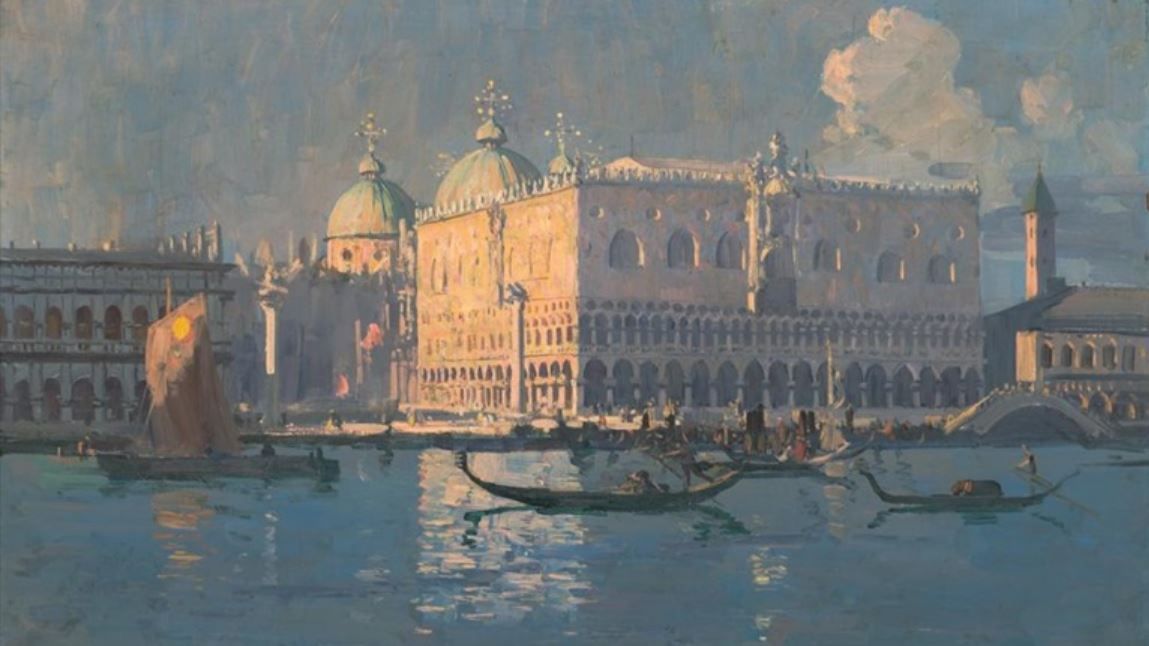
As Streeton made his way by ship to Britain in 1897, he planned a stopover in Cairo. The choice may seem strange, especially given that the artist suffered from the same xenophopia that many Anglo-Saxon Australians felt in the late 19th century. He planned a stopover of one week, which suggests that he had no idea of the wealth of impressions Egypt would offer him. Upon arrival, he was enchanted by the place, realised that it offered a wealth of wonderful subjects, and stayed for several months. 2
Streeton wove a personal mythology, writing lyrically, but inaccurately,
“I bowed before the beauty of Grand Cairo in 1898, intending to enjoy one week in the city. I became a worshipper for five months.” 2
Moreover, he appears to have been cured of any racist attitudes towards non-British people: his subsequent recorded comments show no hint of his previous attitudes. Artistically, this was a goldmine; in personal terms, it was a transforming revelation.
Like so many tourists and painters before him, he would therefore block out any modern elements of Egypt and seek traces of traditional and picturesque local life.
What would make his works different, when put up for sale, would be that he would re-purpose his Australian study of light and atmosphere to create luminous orientalist scenes like no other. 2
Looking at the images below, you can see how he has used the light based on his painting style in Australia.
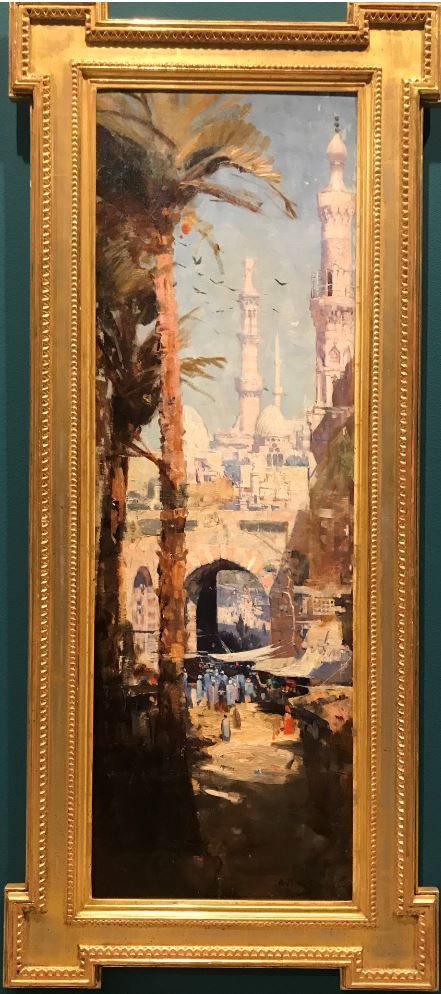
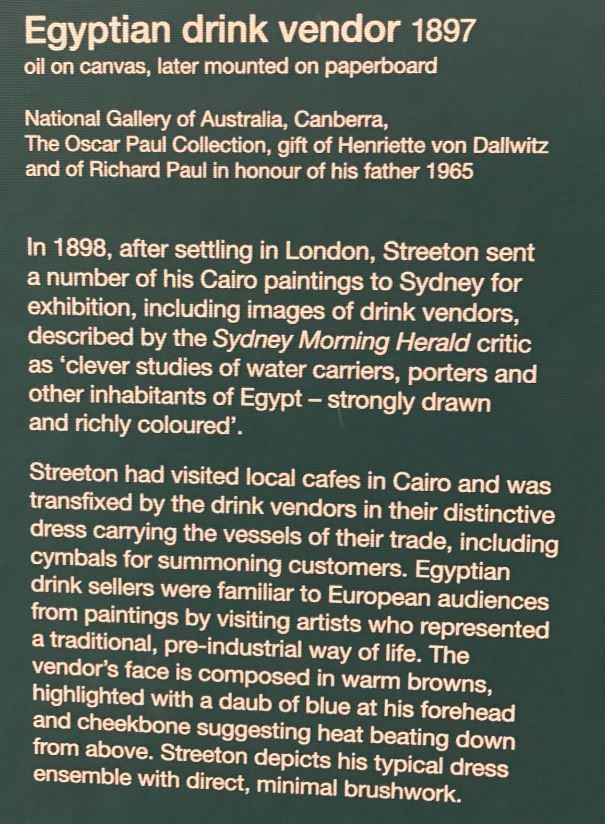
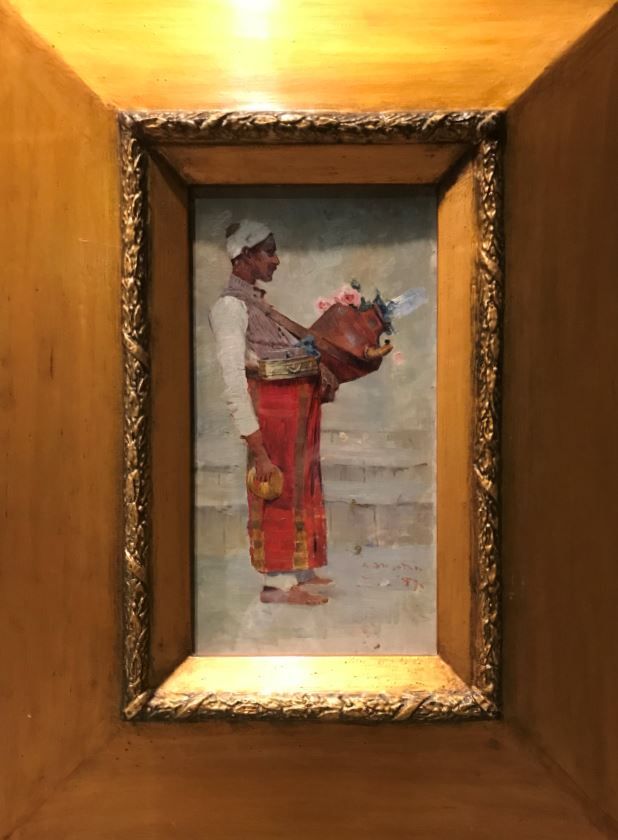
A very powerful portrait is that of Fatima Habiba (below).There is much debate as to whether such an encounter with a Muslim woman, however innocent, could ever have happened. It is true that the sitter is showing the traditional signs of modesty: she is heavily veiled in black, and she carefully keeps her eyes slightly averted from direct eye contact with the artist, another form of female modesty. We will never know whether this encounter was real or not. 2
I find it quite mesmerising.
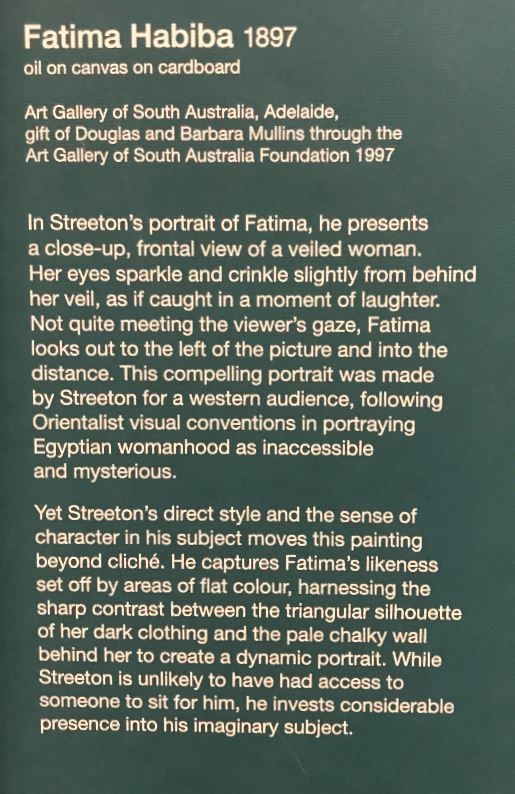
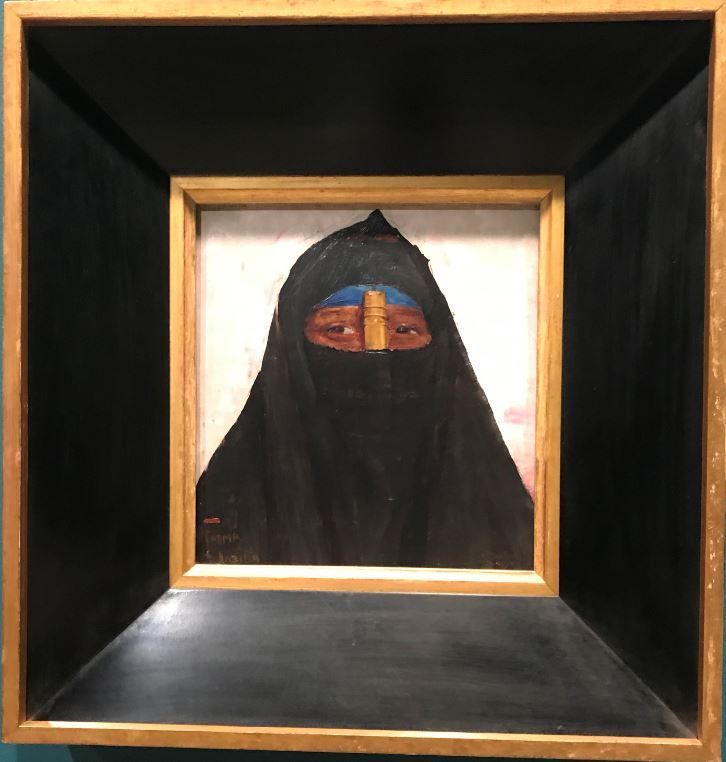
Painted before Streeton set off on his travels, this beautiful depiction of Scheherazade is captivating. Sadly the fine detail of the work is not evident here, a wonderful reason to see the real art works whenever we can.
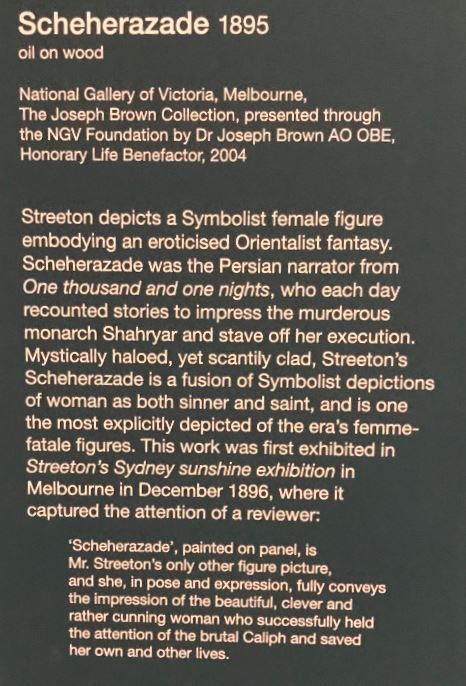
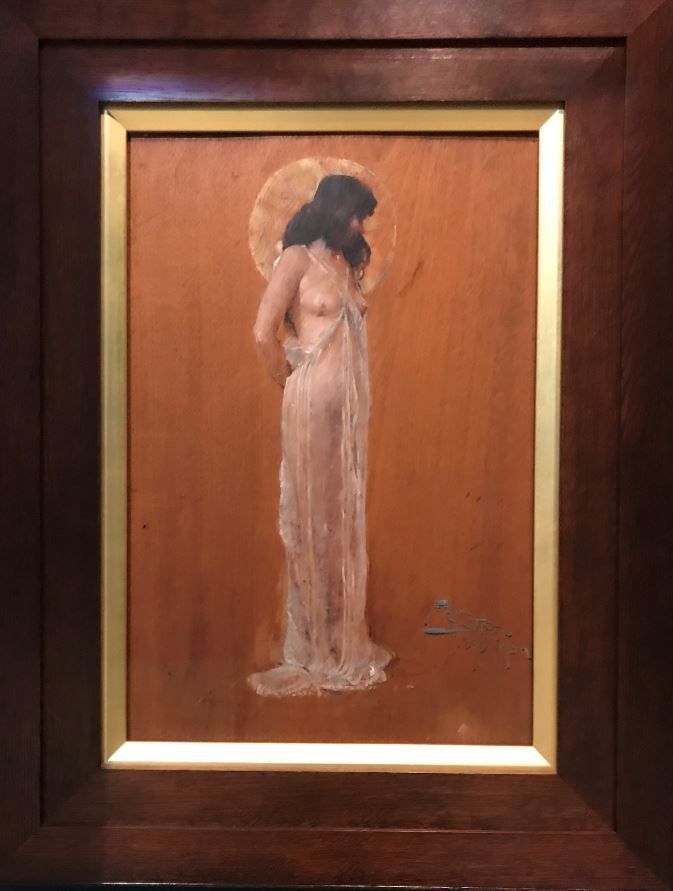
Streeton planned a trip to Venice in May 1907, after two very successful major exhibitions – one in Sydney and one in Melbourne –for the first time he was actually wealthy. This finally enabled him to marry his partner, the eminent musician Nora Clench, in January 1908. Together they planned a second honeymoon, to occur in Venice.2
Two works in the exhibition show us Streeton’s reaction to the same monument under two different conditions of atmosphere and light:
Santa Maria della Salute (grey) and Santa Maria della Salute (Sunny) were painted from very nearly the same spot; the former emphasizes the sleek black elegance of the gondolas, while the latter offers an exuberant burst of warm tones in the sails of a heavy transport boat, the Venetian equivalent of a lorry. 2
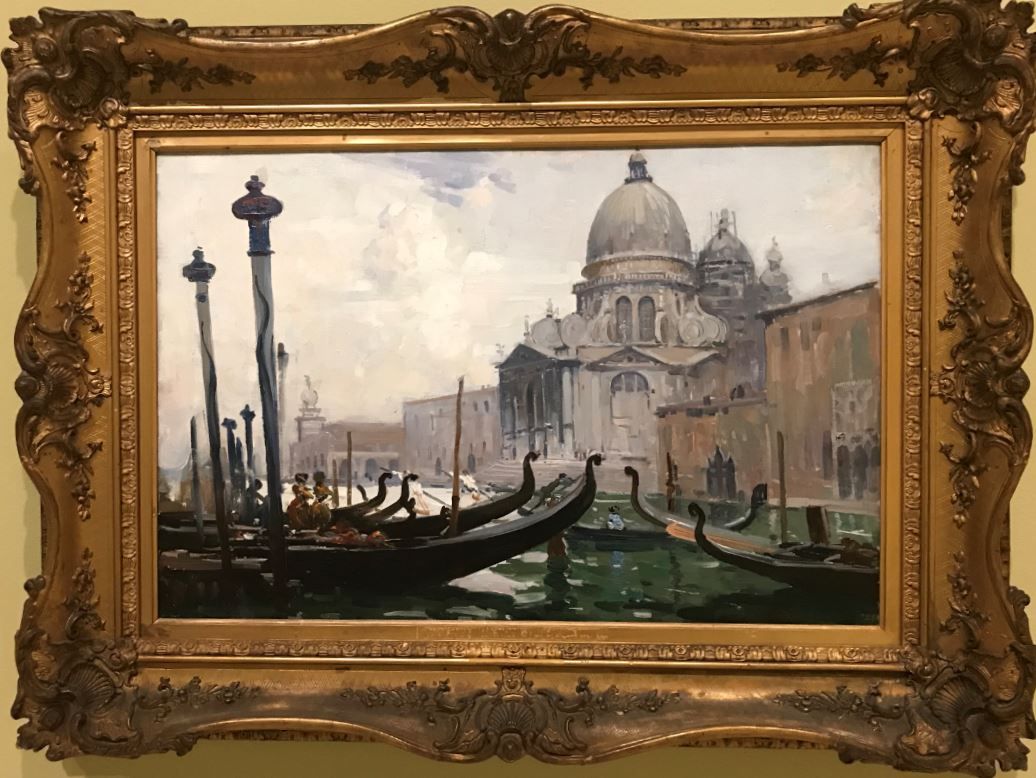
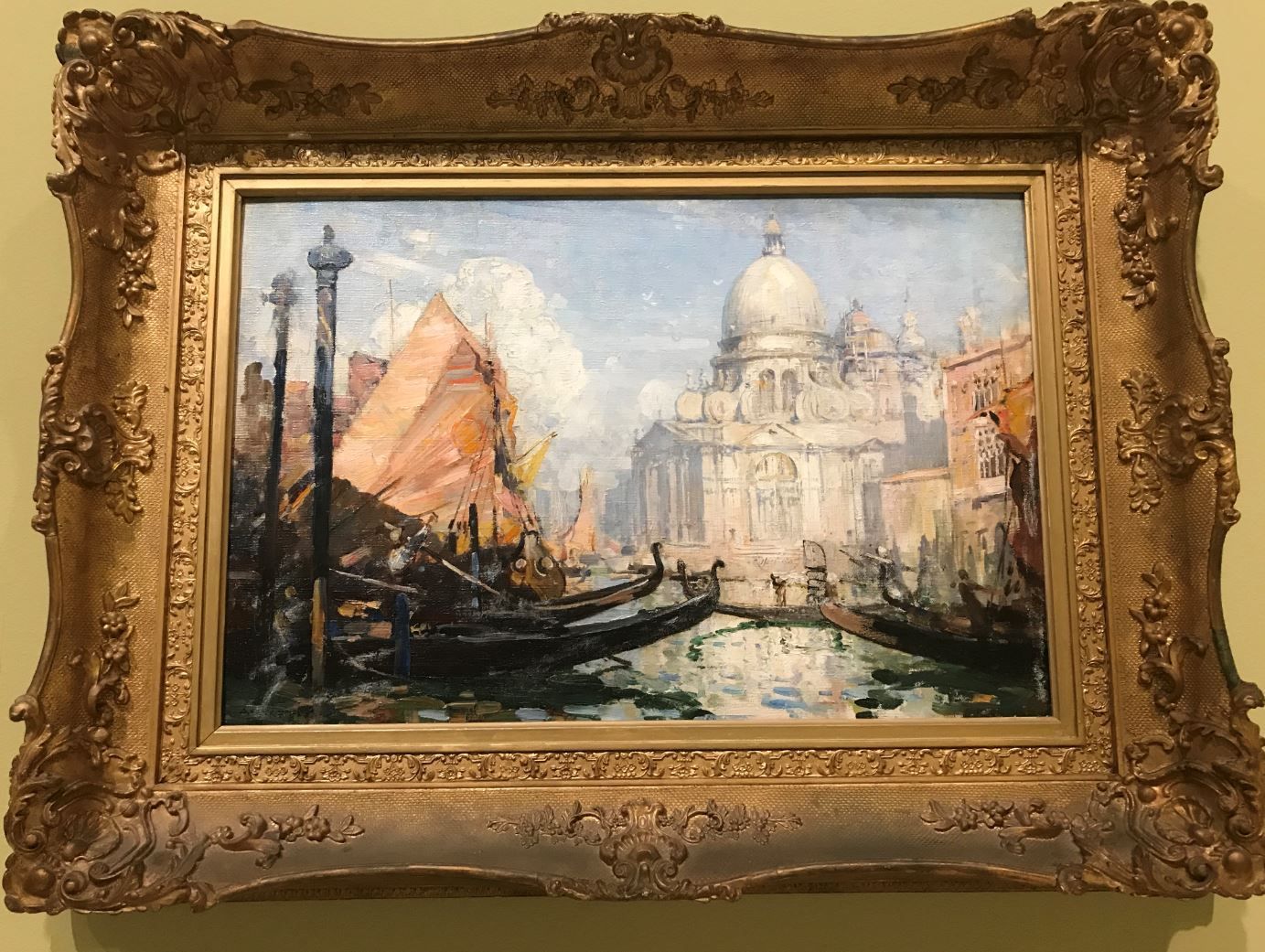
In farewelling Venice I leave you with Streeton’s Venice: in St. Mark’s, where we see wealthy Edwardians – the class to which Nora belonged, and to which Streeton had now acceded – gathering at fashionable cafes in St. Mark’s Square.
For Streeton, this was a supreme moment: his close friends, Emmanuel Phillips Fox and Ethel Carrick, had both painted sun-filled scenes there the previous year. And yet, Streeton chanced upon this iconic touristic site when the foreground was in very deep shadow, and he painted it just as he observed it, with the effect that the variegated crowd is somewhat lost to the viewer. 2
Perhaps you have been to Venice, seeing it through today's eyes. On reading the storyboard a shiver crept up my spine - imagine wandering St Mark's Square and spotting Arthur Streeton at his easel painting this scene.
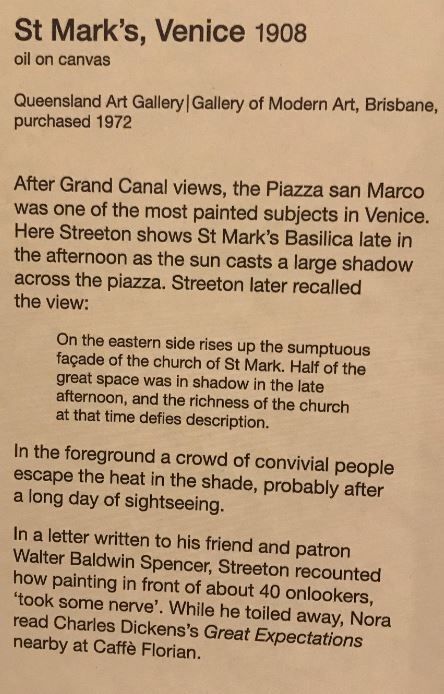
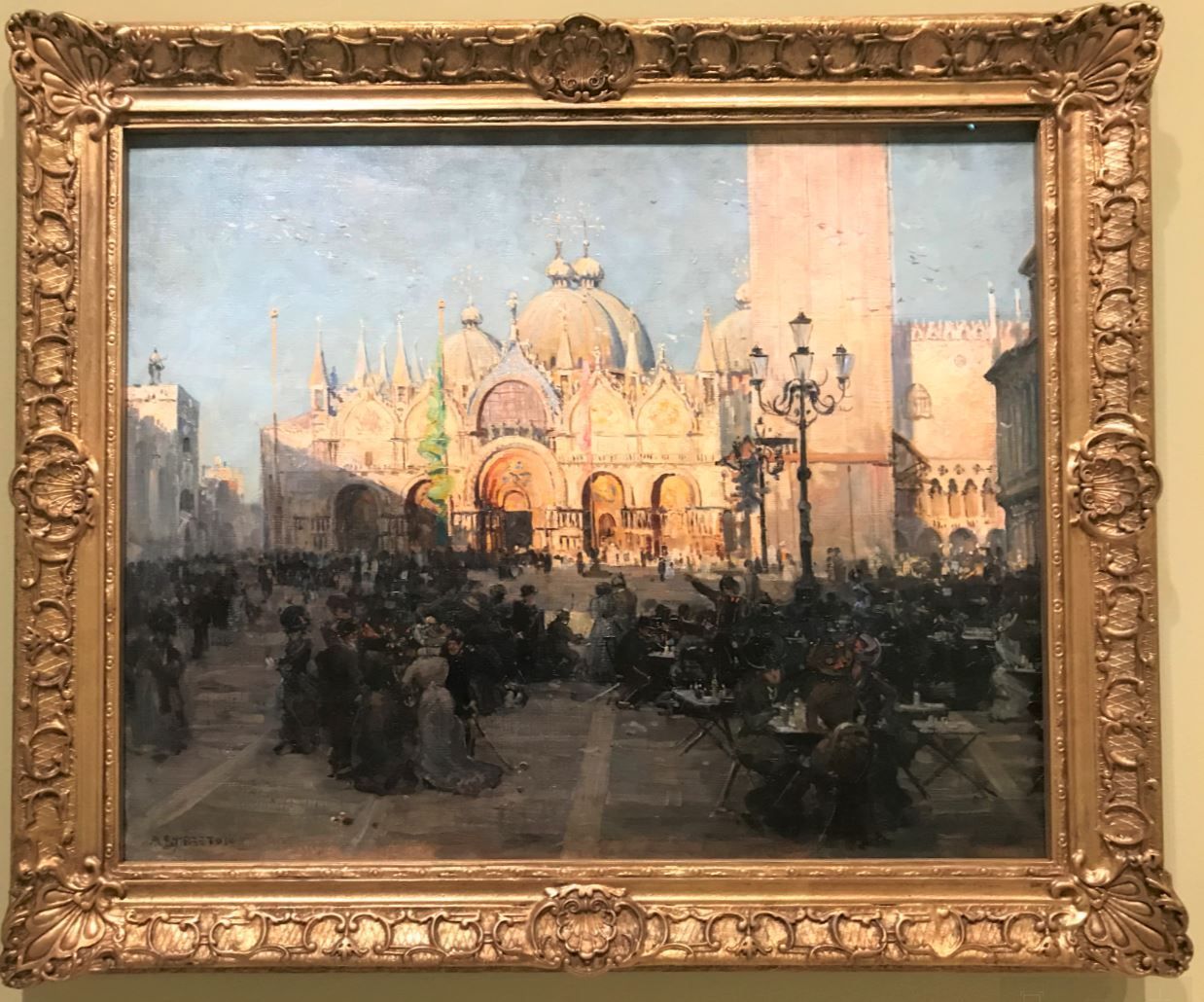
Tomorrow lets study just one of the fascinating art works by Arthur Streeton.
Credits
1 My own photos taken at the Exhibition - Art Gallery of NSW
2 academytravel.com.au
